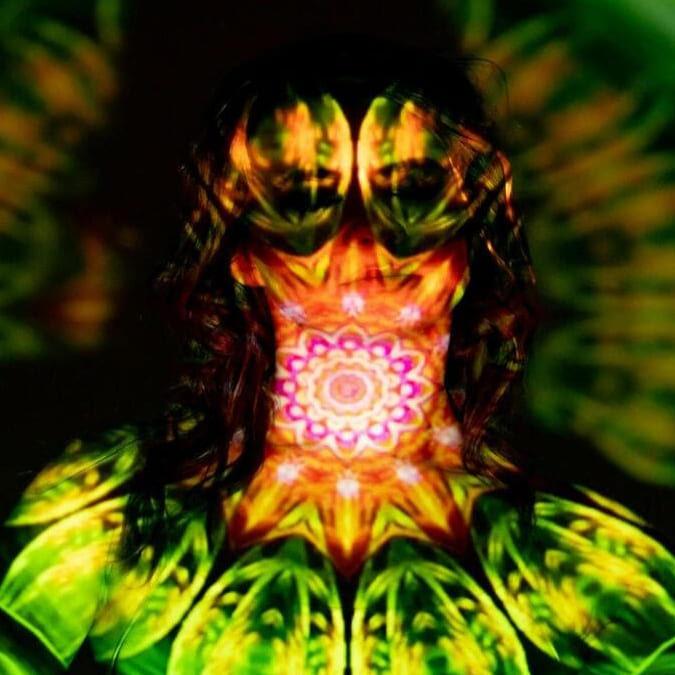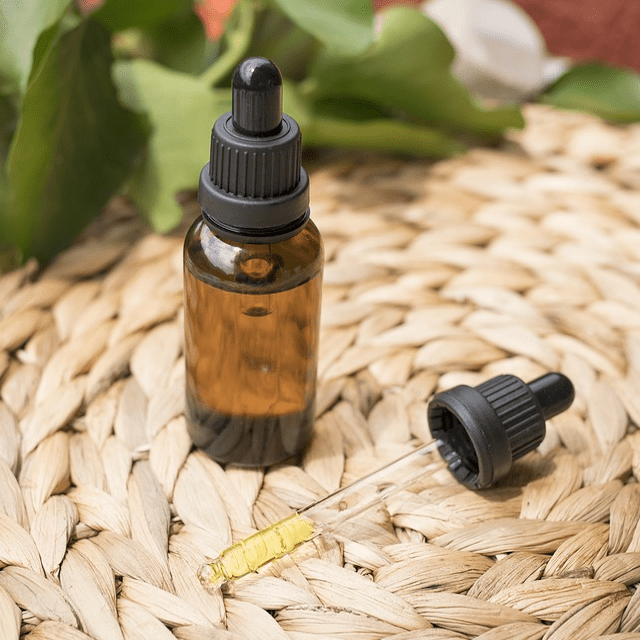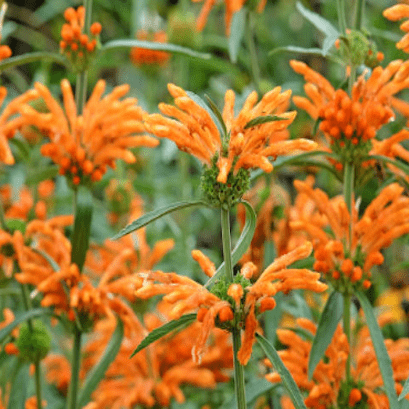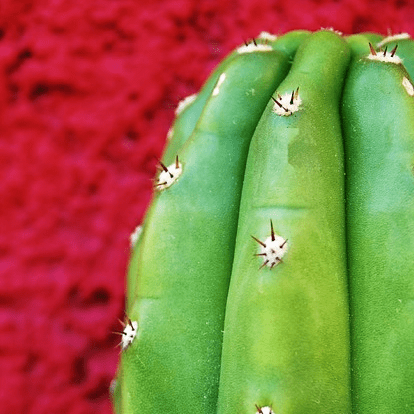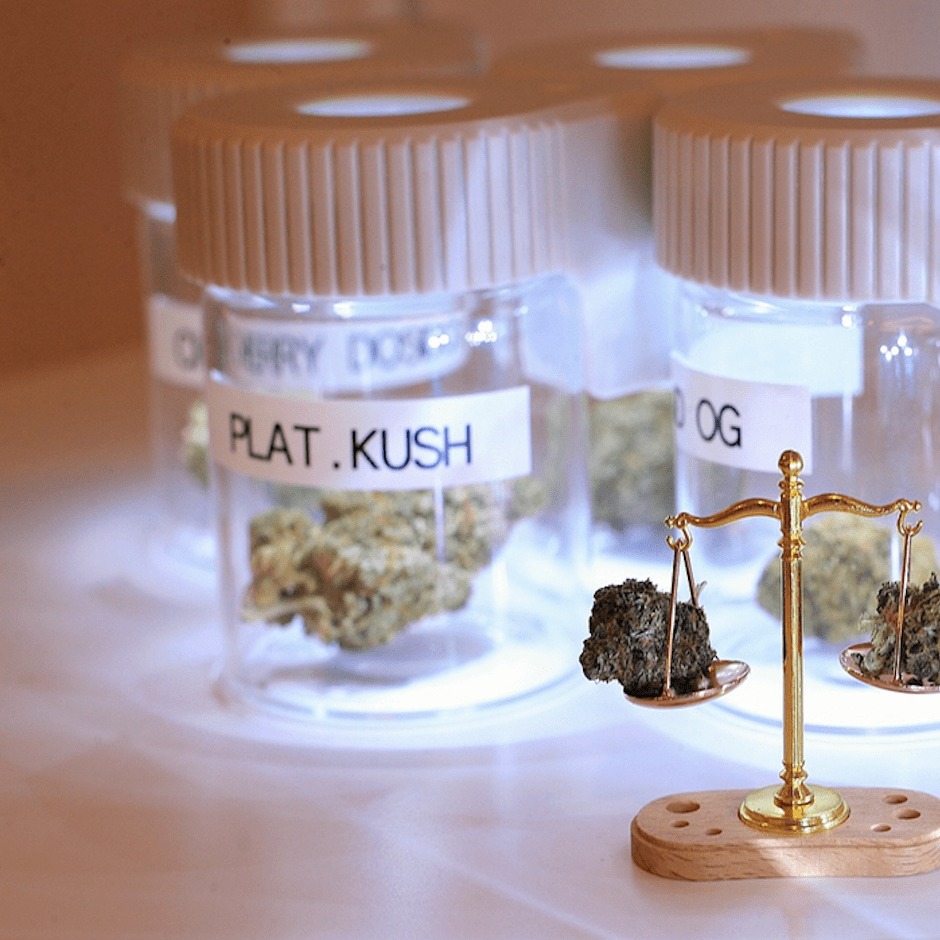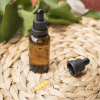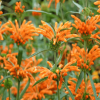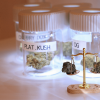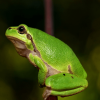If you have ever heard of terms like psilocybin or psilocin, you may already have an idea of what psychedelics are. They are substances known for their hallucinogenic effects, where the user sees colourful visual patterns, experiences heightened sensitivity to emotions and sometimes even has transcendental experiences.
Table of Contents
How do psychedelics work?
Psychedelics work by interacting with neurotransmitter systems in the brain, such as serotonin. They bind to certain receptors and change the way these receptors work. This can result in increased communication between neurons and increased activity in parts of the brain responsible for perception and consciousness[1].
What types of psychedelics are there?
There are different types of psychedelics used for recreational, spiritual or therapeutic purposes. Below are some of the most well-known!
Psilocybin is the active substance in certain types of mushrooms, also known as “magic mushrooms”. It causes visual hallucinations and can promote feelings of euphoria and connectedness. Mescaline is a psychoactive substance found in the Peyote cactus and some other cacti. It can cause intense visual hallucinations and changes in perception of time and space.
LSD is another powerful hallucinogenic drug that is usually taken in the form of a paper tab. Be careful when using LSD, though, even if it is used for microdosing or partying, we (and the psychonauts around us) prefer the magic truffles or magic mushrooms, and there are several reasons for this. One is because LSD is not a natural form of psychedelic!
Natural psychedelics
Psychedelics can be divided into natural and synthetic varieties. Natural psychedelics come from plants, fungi and animals. Some well-known examples of natural psychedelics are psilocybin (from magic mushrooms), ayahuasca (a drink from South America) and ibogaine (from the roots of the iboga plant). These natural psychedelics contain chemical compounds responsible for their hallucinogenic effects.
Why do psychedelics have a beneficial effect on creativity?
The relationship between psychedelic experiences and creativity has long been the subject of study and speculation. Many artists and creative people claim that using psychedelics improves their thought processes and gives them ideas they would not have had otherwise.
Psychedelics have the ability to break through our normal cognitive filters, allowing us to experience new perspectives and make unusual connections between different concepts. This can stimulate the creative flow and allow us to come up with original ideas and solutions.
What studies have been done on psychedelics?
Over the years, several scientific studies have been conducted on the effects of psychedelics and their potential for therapeutic use. These studies have shown that psychedelics can help treat conditions such as depression, anxiety and addiction[2].
Moreover, some studies have shown that psychedelics actually have a positive effect on creativity. For example, a study conducted at the University of California found that psilocybin (the active ingredient in magic mushrooms) enhanced convergent and divergent thinking processes. This means it can enhance both the ability to reason logically and the ability to generate new ideas[3].
Sources:
[1] https://www.ncbi.nlm.nih.gov/pmc/articles/PMC6600464/
[2] https://www.ncbi.nlm.nih.gov/pmc/articles/PMC9950579/
[3] https://www.universityofcalifornia.edu/news/psychedelic-revolution
